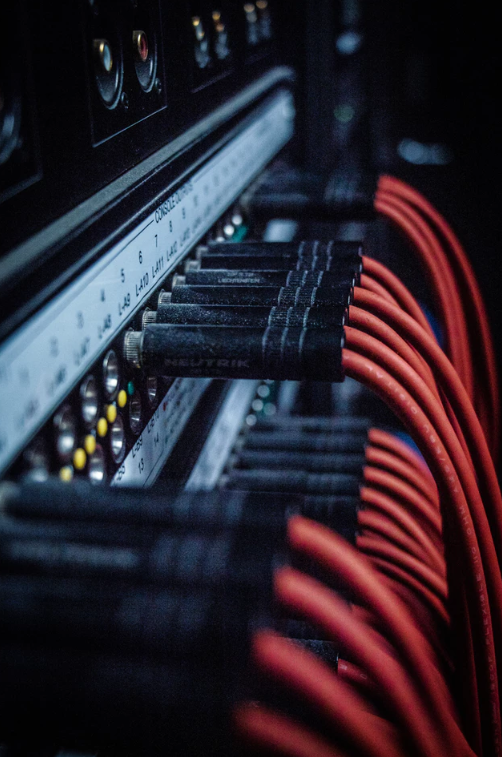


As most of our readers are likely aware, a cyberattack is an intentional exploitation of computer systems, networks or other tech-driven enterprises. Cyberattacks cause disruptive events using malevolent code to alter system logic, often with the clear goal of victimizing an organization. Simply put, cyberattacks have evolved – what started mostly as scattershot attacks aimed at causing mischief have quickly morphed into sophisticated threats, concentrated on gaining access to your most valuable data resources.
 |
Exotic, next-generation cyberattacks target specific individuals and organizations to pillage data. They use multiple vectors, including web, email, and malicious files and dynamically adapt to exploit vulnerabilities. Today’s ultramodern attacks are intended to extract data from specific employees and business units. This puts personally identifiable information (PII) like the employee and customer records |
at risk of being compromised and stolen if not properly encrypted on server. So, why do your company’s servers have a bullseye on them for cyberattackers?
Servers are essential for your employees, teams and systems to perform the tasks that make up their job duties. Simply put, an organization’s servers typically contain its richest and most powerful data. Vital information such as employee and customer records could be stolen if it’s not adequately secured with encryption on your server. Due to their high connectivity and near-
| perpetual uptime, servers lend themselves to be an ideal springboard for an attacker to leap into your network. An end-to-end, multi-layered cybersecurity architecture that spans network, mobile and cloud can be the essential in preventing cyberattackers from taking control of your servers – or potentially even more in a worst-case scenario.
With the right managed solution design and architecture approach and strategy implemented, our clients are able to consolidate management of multiple layers of security and implement policy from a single interface. In addition to expertly-designed architecture, it’s recommended that you remain up-to-date with security patches across your organization. Another measure you may want to take is to |
 |
segment your networks, which involves partitioning one network into smaller networks, aimed at restricting access to sensitive information and enforcing rule sets for communication within the organization.
Not sure where to start in your evaluation? Contact us for a low-pressure conversation with a subject matter expert! We’ll work with you to find a solution that delivers improved business results – because that’s what we do.